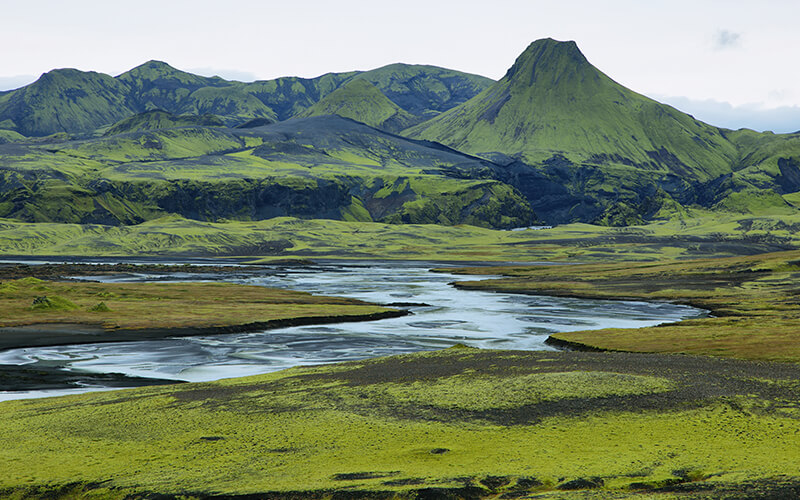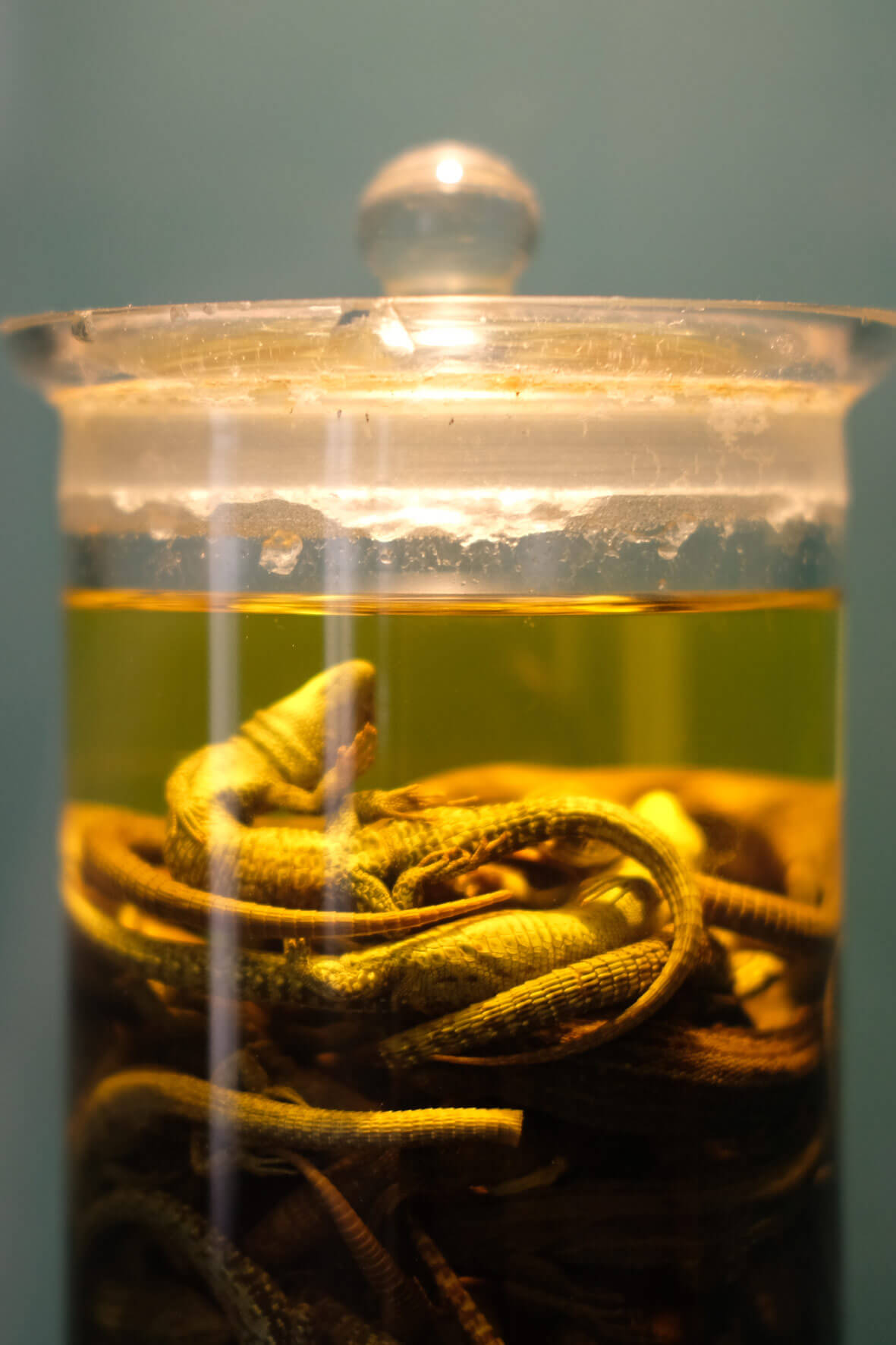This page is also available in Finnish ›
The DiSSCo consortium in
FINLAND
In Finland, the biodiversity data, including data on natural history collections is managed and distributed through the Finnish Biodiversity Information Facility FinBIF (www.species.fi), which is coordinated by the Finnish Museum of Natural History LUOMUS.
Luomus is an independent research institute within the University of Helsinki. It manages the national natural history collections, which comprise more than half of all Finnish holdings. Other major natural history collections are held by the universities of Turku, Oulu, and Jyväskylä and the City of Kuopio, which are also partners of the Finnish DiSSCo consortium.
participating institutions
Paula Kankaanpää
Finnish Museum of Natural History LUOMUS
Finnish Biodiversity Information Facility FinBIF
Luomus
Luomus is an independent institution within the University of Helsinki with 13.5 M specimens. Luomus carries the responsibility of the overall management of the Finnish Biodiversity Information Facility FinBIF. It leads the design and development of RI services, coordinates data sourcing, runs mass digitisation activities, introduces new technologies from international cooperation, and participates in precision digitisation and DNA barcoding.
University of Turku, Biodiversity Unit
The Biodiversity Unit of UTU holds zoological and botanical collections including those of Åbo Academy University (>5 M specimens in total). UTU specializes in precision digitisation of particularly valuable specimens and has led the development of the Nagoya Protocol on Access and Benefit Sharing functions to the national Collection Management System.
University of Oulu, Biodiversity Unit
The Biodiversity Unit of UO holds zoological and botanical collections (>2.5 M specimens) and has a well-equipped DNA laboratory. It coordinates FinBOL. The staff has wide taxonomical expertise and experience in DNA barcoding and related research.
University of Jyväskylä, Open Science Centre/Museum
The Museum collects, preserves, studies and exhibits items related to the past and present of the University of Jyväskylä, cultural history and the diversity of nature. The Museum has a collection of over 300 000 natural history specimens.
Kuopio Natural History Museum
Kuopio Natural History Museum has over 1 million natural history specimen samples. The museum is regionally responsible for four counties in Eastern Finland. The collections are focused in this area.
Digitarium
Digitarium was in 2010-2017 the joint digitisation centre of the University of Eastern Finland and Luomus. Digitarium developed affordable mass-digitisation systems for herbarium sheets and designed the first conveyor-driven digitisation line for pinned insects, which system is still in production in Helsinki and Berlin. In 2017, UEF withdrew from Digitarium, whose research activities returned to Luomus. The commercial activities have been taken up by the spin-off company Bioshare Digitization.
Finnish Environment Institute, SYKE
Finnish Environment Institute (SYKE) is a governmental research institute operating under the auspices of the Ministry of the Environment. SYKE has a very diverse portfolio of environmental expertise including biodiversity and environmental monitoring in marine, freshwater and terrestrial ecosystems. SYKE holds community samples of marine and freshwater organisms and hosts a culture collection of hundreds of phytoplankton species strains. SYKE also plays a central role in the coordinated development of national monitoring programs, including the implementation of new methods such as remote sensing and eDNA.
Participating institutions in
Finland
Roadmaps
National Funding
The Finnish Biodiversity Information Facility (FinBIF) has focused on ICT development, building of national collaboration, and biodiversity data mobilisation, including the creation of a national Collection Management System for natural history collections and the digitisation of collections. FinBIF was made possible through a grant for 2015–2017 from a governmental programme on efficiency enhancement in the environmental administration (2.2 M€) and was simultaneously co-funded through the national Research Infrastructures programme FIRI in 2015–2017 as a new opening (1.4 M€). FinBIF was subsequently accepted on the national RI roadmap in 2018, and funded through the FIRI programme for a second construction cycle in 2019–2022 (2.8 M€).
Our achievements
Success Stories
Owing to the living collections of Finnish botanic gardens including the seed bank for native plants c. 60% of Finnish threatened plant taxa are currently in ex situ conservation. These collections form a valuable resource also for in situ conservation. Perhaps the most striking example of this was the successful reintroduction of Rubus humulifolius, a species that was extinct in the wild, to its natural habitat using botanic garden collections. These garden collections represented the original genotypes collected from native populations years before the extirpation.
Everything on one screen
Collection Dashboard
The dashboard you can see below contains data on the collections of natural science institutions across Europe. Page one shows the approximate number of collections per category for all of the 89 institutes who participated in an initial DiSSCo survey and page two the national contributions to the European collection. The selection boxes allow filtering for country and institutions. The data in this dashboard is populated with information as sent by the DiSSCo partners through an initial survey in November 2017 and should therefore be considered as preliminary. Following that survey, we went through a rigorous process of identifying obvious errors and contacting individuals to correct those. Nevertheless it will probably still contain some errors and information might be outdated. Please contact Niels Raes if you detect any issues so the data can be updated.
If you would like to see a full screen version of the dashboard, please click here.

